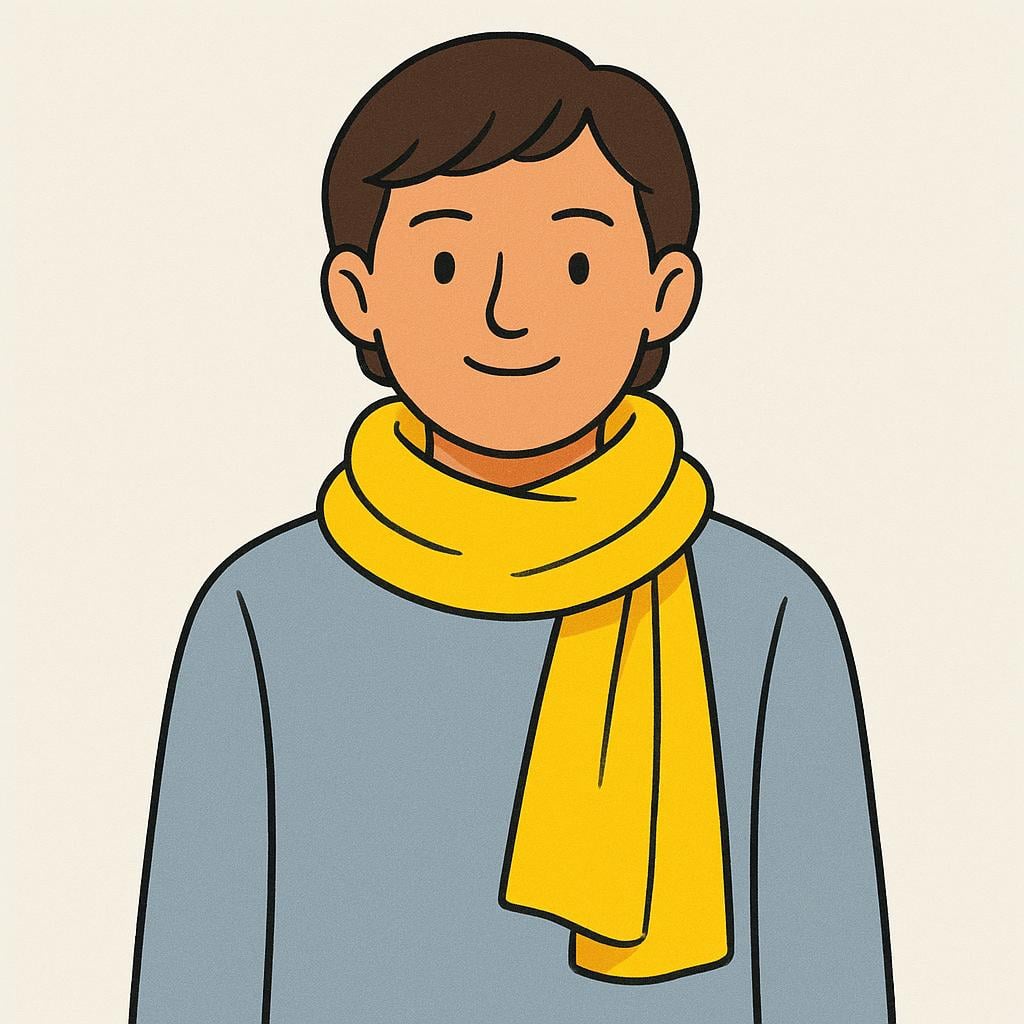lleve
/yé-ve/
that I/he/she/it take

This image shows the concept of 'taking' or 'carrying' an object, as in 'that I take/carry the apple'.
lleve(Verb)
that I/he/she/it take
?as subjunctive of 'llevar'
,take (it)
?formal command, 'usted' imperative
that I/he/she/it carry
?transporting an item
,that I/he/she/it bring
?movement toward the speaker
📝 In Action
Quiero que usted lleve las maletas.
A2I want you (formal) to take the suitcases.
Es posible que la reunión se lleve a cabo mañana.
B1It is possible that the meeting be held tomorrow.
Lleve este paquete a la oficina, por favor.
A1Take this package to the office, please. (Formal command)
💡 Grammar Points
Subjunctive Use (Wishes/Necessity)
The form 'lleve' is used after expressions of desire, doubt, emotion, or necessity, often introduced by 'que' (e.g., 'Necesito que lleve el pasaporte').
Formal Command
When giving a polite, formal instruction to a person you address as 'usted,' you use the form 'lleve' (e.g., 'Lleve esto al coche').
❌ Common Pitfalls
Confusing Subjunctive and Indicative
Mistake: "Espero que lleva el regalo. (I hope he takes the gift.)"
Correction: Espero que lleve el regalo. (The verb after 'espero que' must change form.)
⭐ Usage Tips
Remember the Vowel Switch
For regular -AR verbs like 'llevar,' the subjunctive form 'lleve' uses the vowel 'E' instead of 'A.' This vowel switch is your main clue that you're in the subjunctive mood.

This illustrates the meaning of 'wearing' clothing or accessories, such as 'that she wear a scarf'.
lleve(Verb)
that I/he/she/it wear
?clothing or accessories
,wear (it)
?formal command about clothes
📝 In Action
Sugiero que lleve un abrigo; hace frío.
B1I suggest that you (formal) wear a coat; it's cold.
No creo que Juan lleve corbata a la boda.
B2I don't think Juan will wear a tie to the wedding.
Quizás yo lleve ese vestido rojo esta noche.
B1Maybe I'll wear that red dress tonight. (Subjunctive reflecting doubt)
💡 Grammar Points
Using 'Llevar' for Appearance
In Spanish, we use 'llevar' to talk about what someone has on their body, like clothing, jewelry, or a beard. The form 'lleve' expresses a suggestion or requirement about this.
⭐ Usage Tips
Mandatory vs. Suggestion
When giving instructions about uniforms or mandatory attire, 'lleve' is the correct formal command, just like 'Ponga' for 'Poner' or 'Hable' for 'Hablar'.
🔄 Conjugations
indicative
present
imperfect
preterite
subjunctive
present
imperfect
✏️ Quick Practice
💡 Quick Quiz: lleve
Question 1 of 2
Which sentence correctly uses 'lleve' as a formal command (usted)?
📚 More Resources
Frequently Asked Questions
How do I know if 'lleve' means 'to take' or 'to wear'?
You can tell by the object in the sentence. If 'lleve' is followed by clothing, accessories, or a haircut, it means 'to wear' (Que lleve falda). If it is followed by an object that can be moved or transported (like a box or keys), it means 'to take' or 'to carry' (Que lleve el paquete).
Is 'lleve' always the subjunctive or command form?
Yes. 'Lleve' is never used in simple statements about what is happening right now (the simple present indicative). It is specifically reserved for polite commands ('Usted, lleve...') or for sentences that express a wish, doubt, or necessity (Quiero que lleve...).